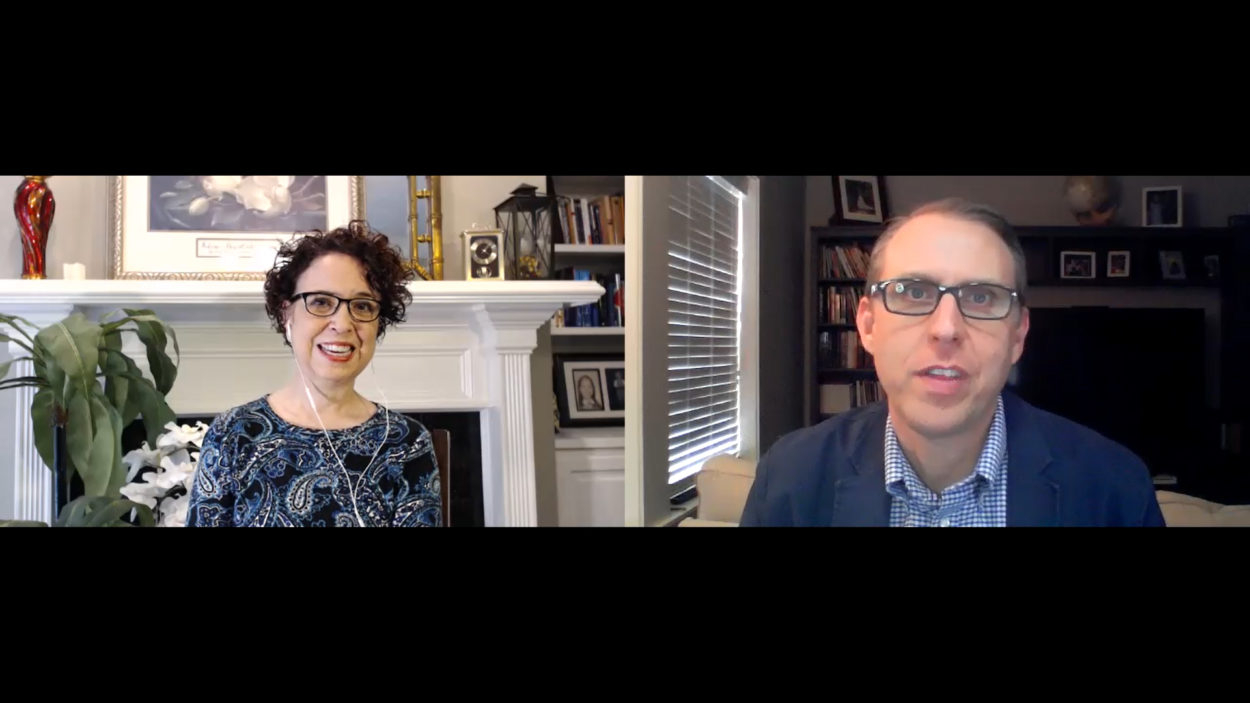In the midst of the Covid-19 national health emergency, with all the stay-at-home orders throughout North America, church ministry and evangelism has had to quickly transition to online methods. One question the SermonView crew has heard many times over the last month is, how can a church most effectively use webinars for evangelism?
Ann Thrash-Trumbo is a Bible instructor and evangelist at the Columbus GA Seventh-day Adventist Church. For several years now, she has been experimenting with evangelistic webinars, and recently we spoke with her about her experience.
“A webinar is not the same thing as an online evangelistic series,” Ann said. “It’s not an online sermon. And it’s not the same thing as an online Bible study. It is a unique experience, and it needs to be addressed that way.”
Ann uses webinars to help with the relationship-building process, as part of the overall evangelism strategy.
“We try to connect with every participant, seeking to move them from an online relationship to an in-person relationship. But this takes time. It’s part of a long-term evangelistic strategy.”
Ann has tried a number of different topics. She’s done a ten-part webinar on Jesus-centric prophecy, as well as shorter series on Sabbath rest, and another on ghosts around Halloween.
The presentations themselves need to be different. Ann will take what might be an hour-long evangelistic sermon and cut it down to 20 minutes. “Remember,” she says, “people are online while they’re watching you, so you have to work hard to keep their attention. If you don’t, they’ll just turn you off.” So she is far more interactive with participants, inviting people to leave comments and actively ask questions. She tells more stories, and also uses graphics to keep it interesting.
For technology, she likes Zoom because it gives an editable recording at the end of the presentation. It also requires participants to actually log in and provide an email address, making it easier to follow up.
Facebook, however, is where she has seen the highest participation. Facebook preferences live events, so when people do Facebook Live events they get higher visibility. When she uses Zoom for a webinar, she also broadcasts it on Facebook Live, which alerts people who have liked her page that a live event is currently happening.
“While we like Zoom for its capabilities; we love Facebook for its reach,” she said. “A lot of people of all ages are still on Facebook. It’s still the largest social media platform.”
Webinars are part of a long-term process for moving people forward in their faith journey. “This takes time” Ann said. “This is not a truncated time frame where you can help people make decisions over the course of a month. It’s much more in the time frame of giving Bible studies over several months.”
For Ann, webinars have become a crucial part of the evangelistic cycle.
“Webinars feel like a lower commitment to people than coming to a church event, or getting an in-home visit. We’ve seen people become engaged, where joining a webinar was that first step. Webinars are an opportunity to take some of those people who are maybe a little iffy with their interest, but they are more interested once they can go to a webinar.”
Listen in on the conversation, and be inspired to add webinars to your church’s evangelism cycle.
And as always, please let us know how we can support your evangelism marketing efforts, helping you get more guests to your next evangelistic webinar.

